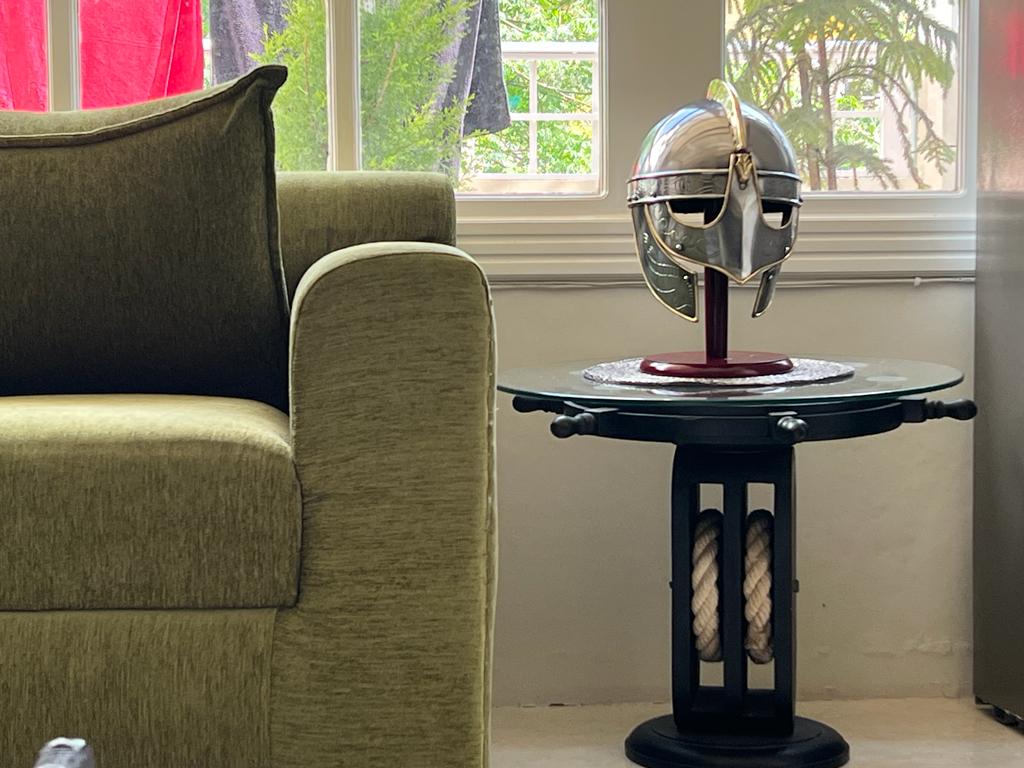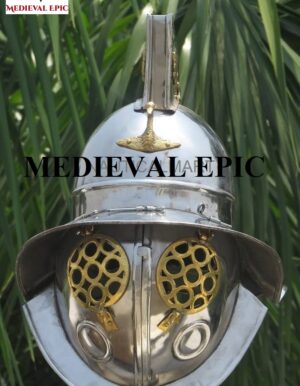History Of Products
Compass
A compass is a magnetometer used for navigation and orientation that shows direction in regards to the geographic cardinal points. For the structure of the compass, it will show the diagram called compass rose in showing the 4 main directions: East (E), South (S), West (W) and North (N). The angle increases in the clockwise position. North corresponds to 0°, so east is 90°, south is 180° and west is 360 °
he compass was invented more than 2000 years ago. The first compasses were made of lodestone, a naturally magnetized stone of iron, in Han dynasty China (202 BC – 220 AD). It was originally called the “South Pointing Fish” The compass was later used for navigation during the Chinese Song Dynasty (960–1279 AD), as described by Shen Kuo. Later compasses were made of iron needles, magnetized by striking them with a lodestone. Magnetized needles and compasses were first described in medieval Europe by the English theologian Alexander Neckam (1157–1217 AD). The first usage of a compass in Western Europe and the Islamic world was recorded in around 1190.Dry compasses begin appearing around 1300 in Medieval Europe and the Medieval Islamic world.This was replaced in the early 20th century by the liquid-filled magnetic compass.

Magnetic compass, in navigation or surveying, an instrument for determining direction on the surface of Earth by means of a magnetic pointer that aligns itself with Earth’s magnetic field. The magnetic compass is the oldest and most familiar type of compass and is used in different forms in aircraft, ships, and land vehicles and by surveyors.
sometime in the 12th century, mariners in China and Europe made the discovery, apparently independently, that a piece of lodestone, a naturally occurring magnetic ore, when floated on a stick in water, tends to align itself so as to point in the direction of the polestar. This discovery was presumably quickly followed by a second, that an iron or steel needle touched by a lodestone for long enough also tends to align itself in a north-south direction. From the knowledge of which way is north, of course, any other direction can be found.The reason magnetic compasses work as they do is that Earth itself acts as an enormous bar magnet with a north-south field that causes freely moving magnets to take on the same orientation. The direction of Earth’s magnetic field is not quite parallel to the north-south axis of the globe, but it is close enough to make an uncorrected compass a reasonably good guide.
How do we use the compass today?
The compass is used for navigation, location and direction. People use it to find their way, whether it is on a hiking trail or on a trip to a new location. It is an instrument composed of a suspended magnetic pointer that is attracted to the polarity of the North Pole.
In this way, why is the compass important today?
The magnetic compass was an important advance in navigation because it allowed mariners to determine their direction even if clouds obscured their usual astronomical cues such as the North Star. It uses a magnetic needle that can turn freely so that it always points to the north pole of the Earth’s magnetic field.
Secondly, how does a compass work?
Compasses work so effortlessly because their design allows the magnet to respond freely to Earth’s magnetic field. Earth itself is like a giant magnet that creates its own magnetic field. The north end of a compass is drawn to align with Earth’s magnetic North Pole. As it does so, the magnetic North Pole moves.
How does the compass affect us today?
The Modern Compass Today’s compass is smaller, lighter weight, and more efficient than those from ancient times. We still use a compass to find our way on a trip or in a new place. There are still regular compasses, but it has evolved into something bigger known as GPS.
How has the compass changed the world?
The compass changed this trade and communication network so quickly that it isn’t even certain whether the Chinese or Europeans made the first compasses. The compass provided all- weather orientation for travelers; this easily cut many travel times in half, and opened other trade routes that were formerly unnavigable.
You will glad to know our medieval epic makes such type of items like compass, telescope, telegraph, and many more things.
Types of compasses
BRASS COMPASS
The Medieval Epic proudly offers these beautiful antique reproductions and modern compasses. All are fully functional and beautifully made. Most products are polished to a bright high-luster finish, and some are available in an antique brass patina. We have a large selection of brass desk compasses, pocket compasses, stand compasses, and surveying and other specialty compasses. We also carry several other compasses.
Expert engraving is offered on most of our products and usually does not delay the shipping of your order. We offer the fastest shipping available, and most custom engraved orders ship the same day or maximum 3 days.
For detailed information on our compasses, information, photographs, or to order just click any of the thumbnail pictures below. See our complete line of nautical gifts including brass sextants, telescopes, binoculars, swords, knives, and hundreds of nautical decor items using the links to the left or above.
Showing 1–16 of 154 results Default sorting Sort by popularity Sort by average rating Sort by latest Sort by price: low to high Sort by price: high to low
















